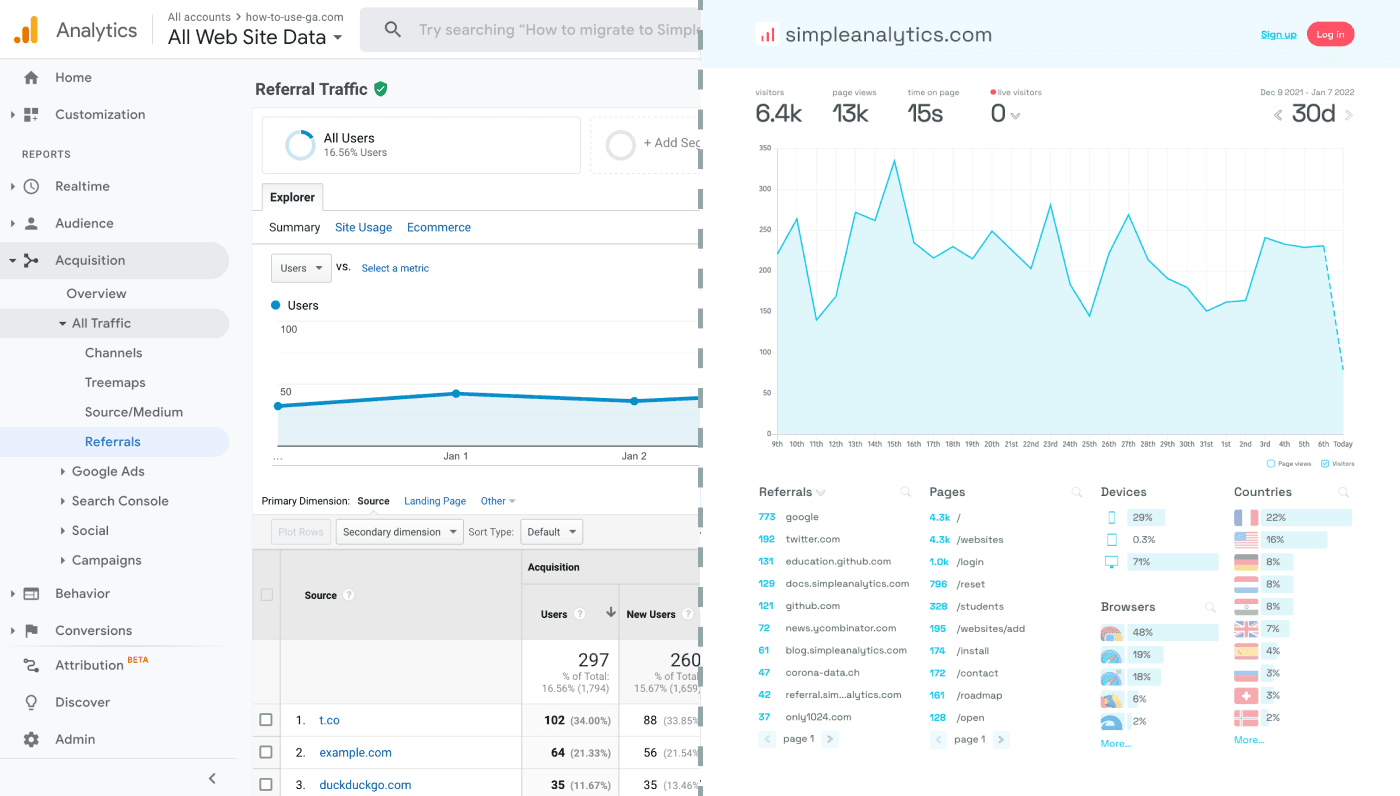Optimize Your Site Efficiency With Google Analytics Tracking Code
In the digital landscape, understanding customer communications with your site is vital for optimization. By incorporating the Google Analytics tracking code, you can open a riches of information regarding visitor actions, enabling you to monitor important metrics and recognize possible locations for improvement. This calculated execution not only educates your decisions yet likewise paves the method for a much more appealing user experience. Nonetheless, the real obstacle depends on effectively assessing this information and converting understandings right into actionable approaches. What actions can you take to ensure you are completely leveraging these insights for optimum efficiency?
Understanding Google Analytics
Recognizing Google Analytics is vital for site proprietors and marketing experts aiming to enhance their on the internet existence. This powerful tool offers essential insights into individual actions, enabling stakeholders to make data-driven decisions. By tracking different metrics, such as web page views, bounce prices, and individual demographics, Google Analytics aids identify which elements of an internet site are executing well and which need improvement.
One of the key features of Google Analytics is its ability to sector data. Users can assess website traffic sources, individual interaction, and conversion prices across different segments, such as geographical places or tool types. This granularity makes it possible for marketers to tailor their methods to specific audiences, thereby boosting the performance of their campaigns.

Establishing Up Tracking Code
To harness the full potential of Google Analytics, setting up the monitoring code correctly is a fundamental step. The monitoring code, a snippet of JavaScript, makes it possible for Google Analytics to gather information regarding customer interactions on your web site.
Following, you'll need to embed this code into the HTML of your website. Preferably, position the tracking code just prior to the closing tag on every web page you wish to keep an eye on. Take into consideration using plugins that facilitate very easy integration. if you're utilizing a content administration system (CMS) like WordPress.
After implementing the code, it's crucial to confirm its capability. Use the "Real-Time" records in Google Analytics to validate that information is being accumulated as expected. By guaranteeing appropriate configuration, you create a strong foundation for efficient data analysis and critical decision-making to enhance your web site's efficiency.
Key Metrics to Display
Routinely keeping an eye on key metrics in Google Analytics is essential for examining your website's efficiency and user involvement. Among the essential metrics to track are page sights, which offer understanding into how often individuals visit different web pages on your website. Additionally, one-of-a-kind site visitors aid you recognize the reach of your content by suggesting the amount of distinctive customers are involving with your website over an offered duration.
Bounce rate is another critical metric, exposing the percent of site visitors who leave your website after checking out only one web page. A high bounce price might signal problems with content relevance or user experience. On the other hand, session period shows how long visitors remain on your website, helping you determine content effectiveness and individual passion.
Conversion prices are crucial for determining the success of your website in achieving specific objectives, such as type entries or product acquisitions (when does the google analytics tracking code send an event hit to analytics?). Checking website traffic sources is additionally essential, as it helps determine which networks drive the most traffic and conversions, allowing for more targeted marketing strategies
Studying Site Visitor Actions

Moreover, tracking customer pathways through the website aids reveal usual navigation patterns. This details is important in identifying whether users can conveniently locate the web content they seek or if they run into barriers that result in irritation. Determining high exit pages can highlight areas that might need redesign or why not check here more interesting content to retain visitors.
In addition, segmenting customers based on demographics, rate of interests, and habits supplies a much deeper understanding of the target market. This division makes it possible for businesses to tailor web content and marketing methods more effectively, boosting the chance of conversions. Inevitably, analyzing visitor habits not only notifies site enhancements but also cultivates a much more user-centric technique, resulting in improved contentment and commitment in time.
Carrying Out Data-Driven Adjustments
Implementing data-driven adjustments is crucial for improving site performance and accomplishing service objectives. By leveraging understandings gathered from Google Analytics, organizations can identify areas for renovation why not try here and make informed choices to maximize user experience.
First, assess key performance signs (KPIs) such as bounce rates, session duration, and conversion prices to determine certain issues affecting user involvement - when does the google analytics tracking code send an event hit to analytics?. As an example, a high bounce rate on a landing page may suggest that the web content is not resonating with site visitors or that the web page takes too long to tons

Final Thought
In final thought, the application of Google Analytics tracking code is important for enhancing website efficiency. By properly checking user habits and crucial metrics, important insights can be obtained, assisting in data-driven decision-making.
By tracking different metrics, such as page views, bounce rates, and user demographics, Google Analytics aids determine which facets of an internet site are executing well and which need improvement.
Customers can examine website traffic resources, user interaction, and conversion rates throughout different segments, such as geographic areas or gadget kinds. The tracking code, a snippet navigate to these guys of JavaScript, makes it possible for Google Analytics to accumulate data regarding customer interactions on your web site.Regularly checking crucial metrics in Google Analytics is necessary for analyzing your website's performance and user engagement. By leveraging Google Analytics, site proprietors can obtain valuable understandings right into exactly how users interact with their site.